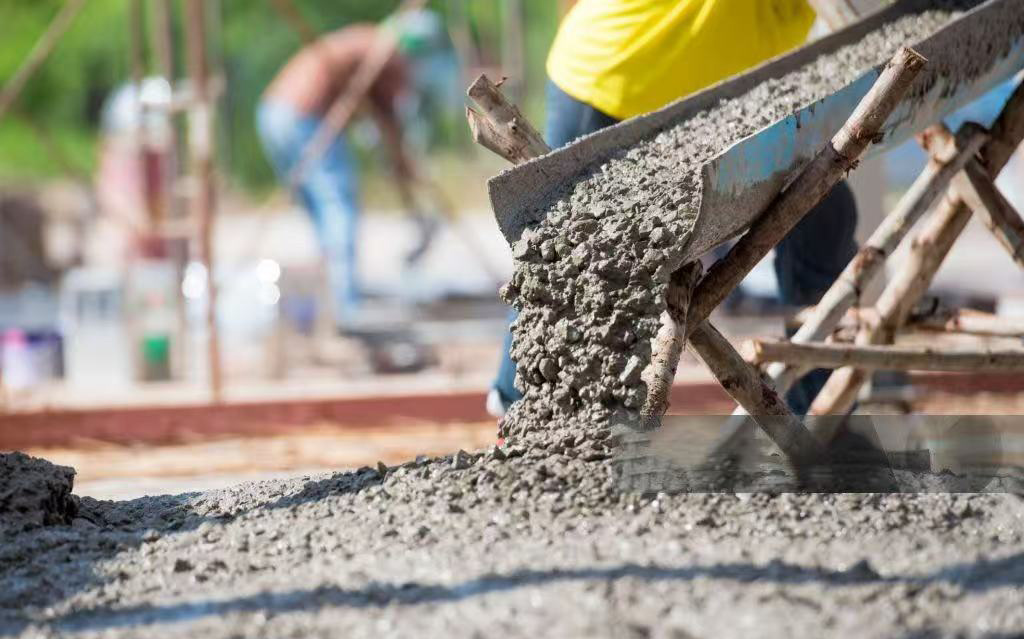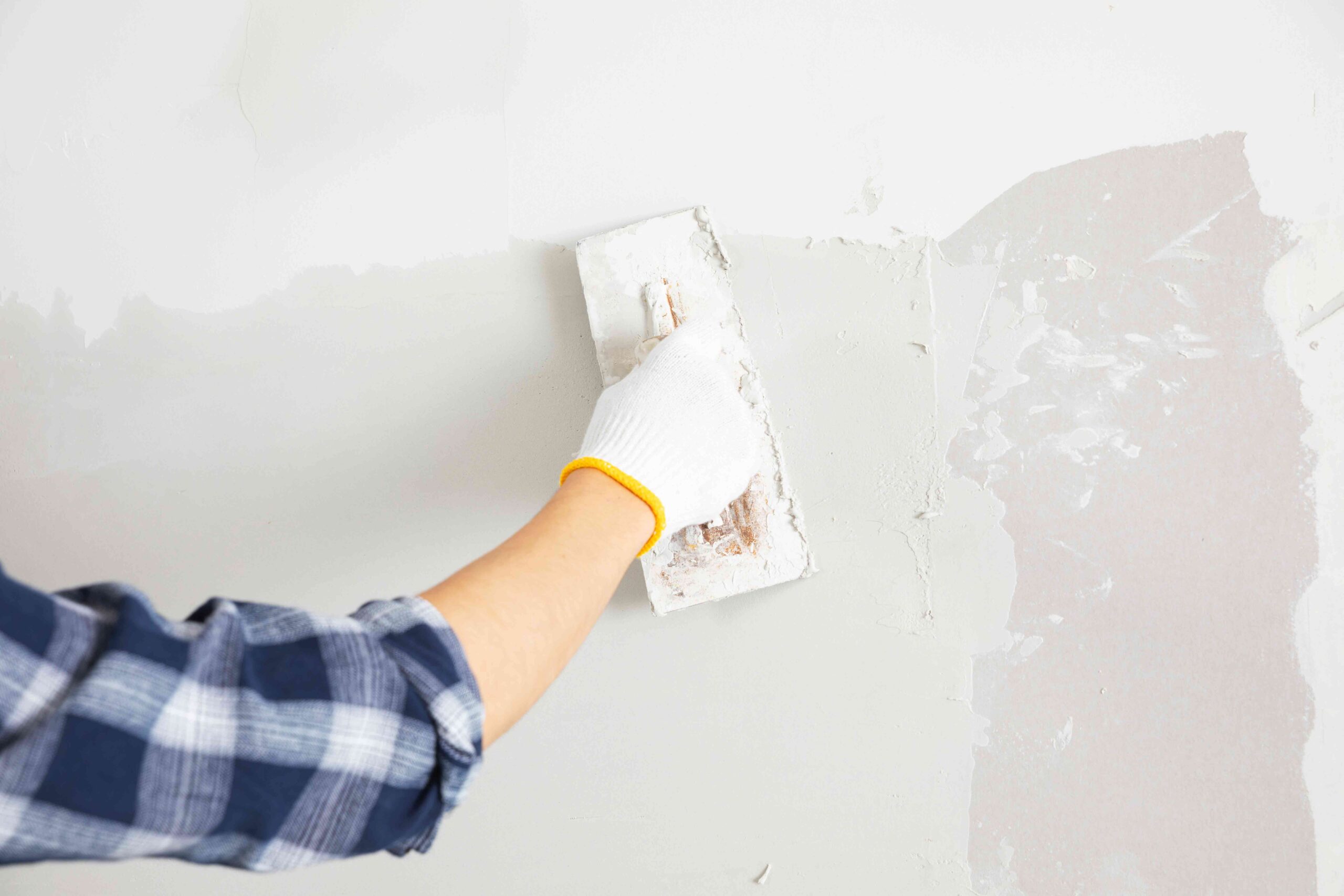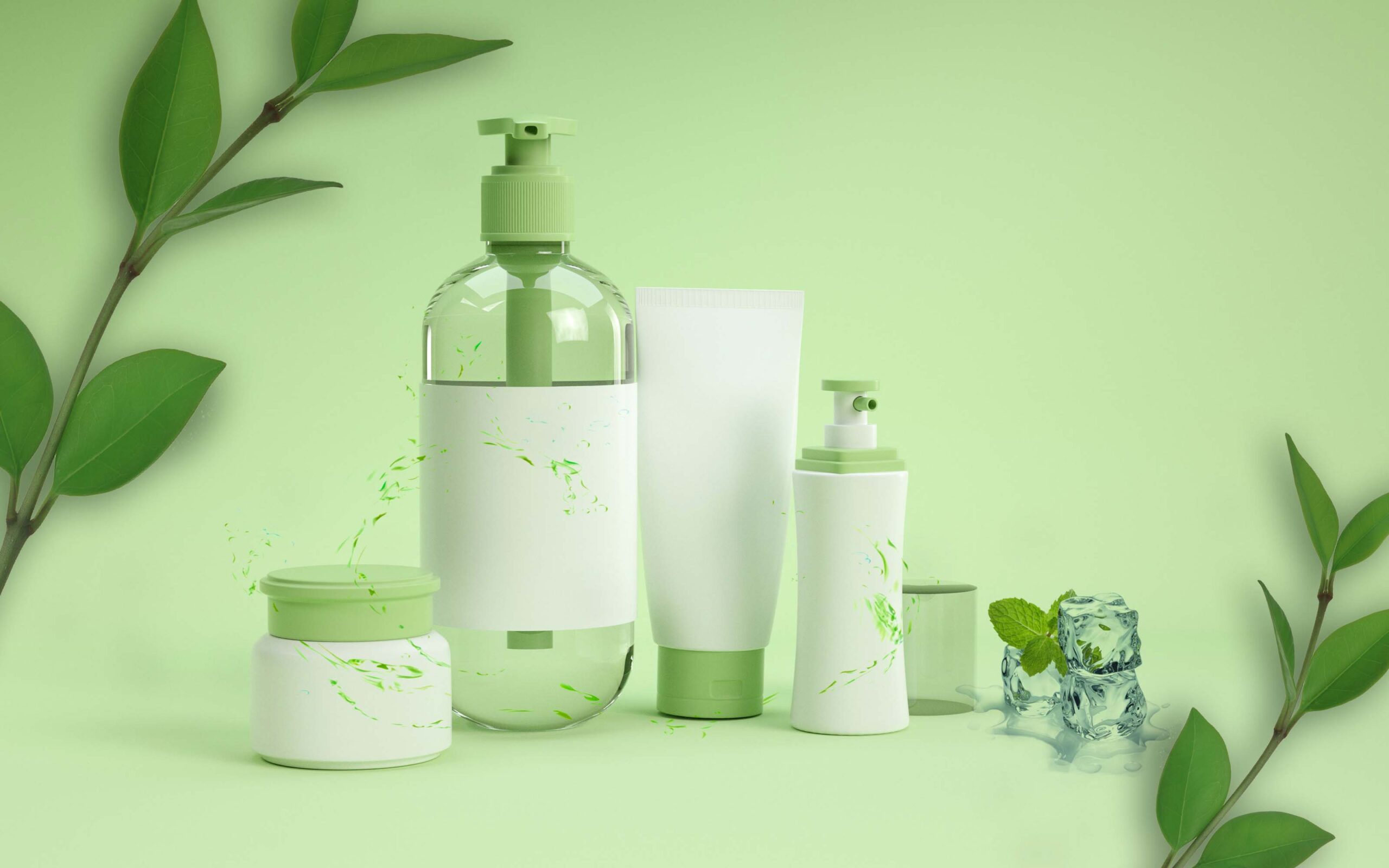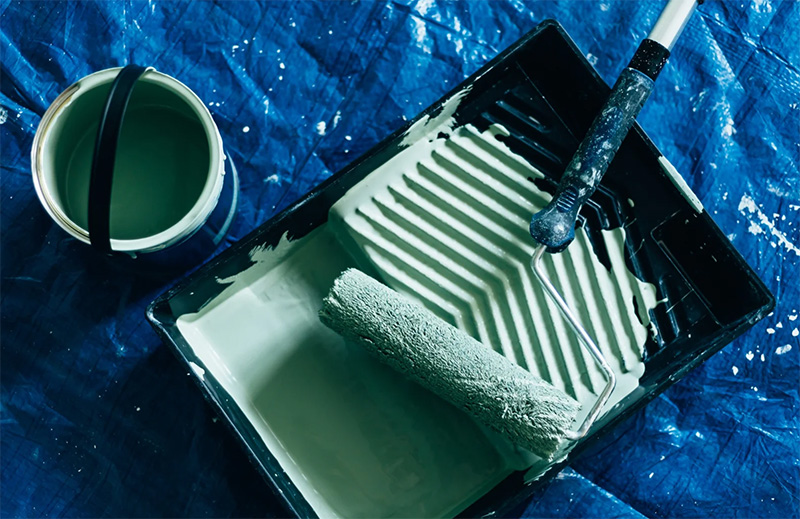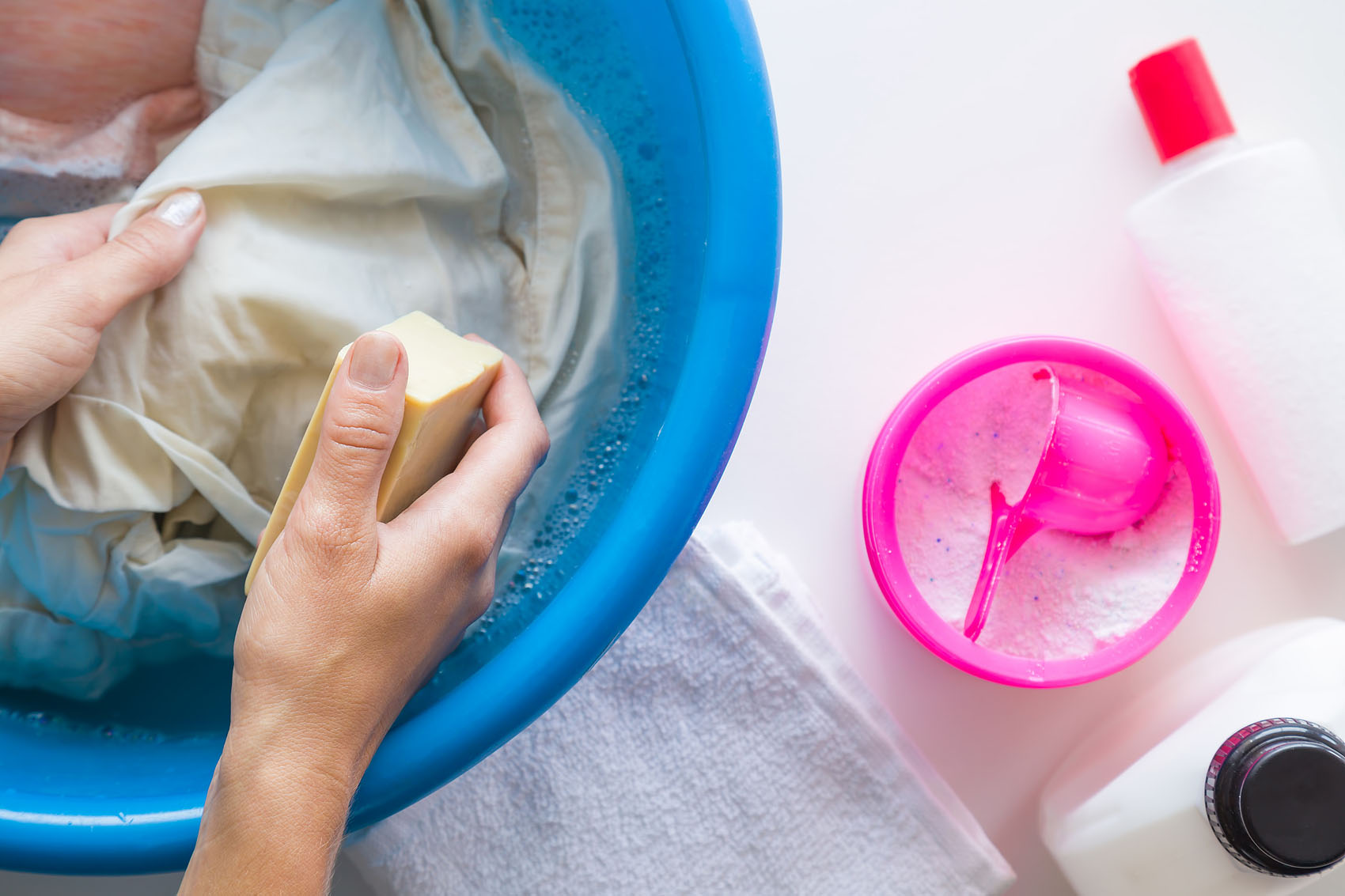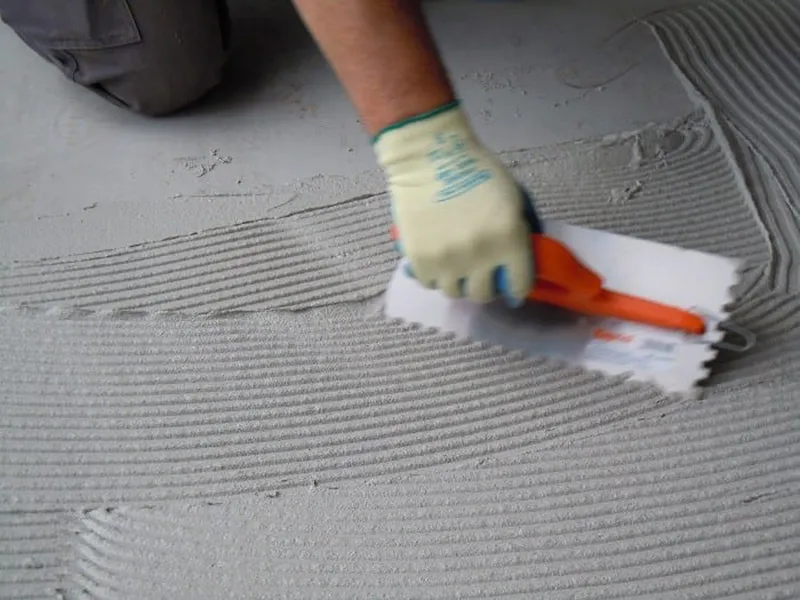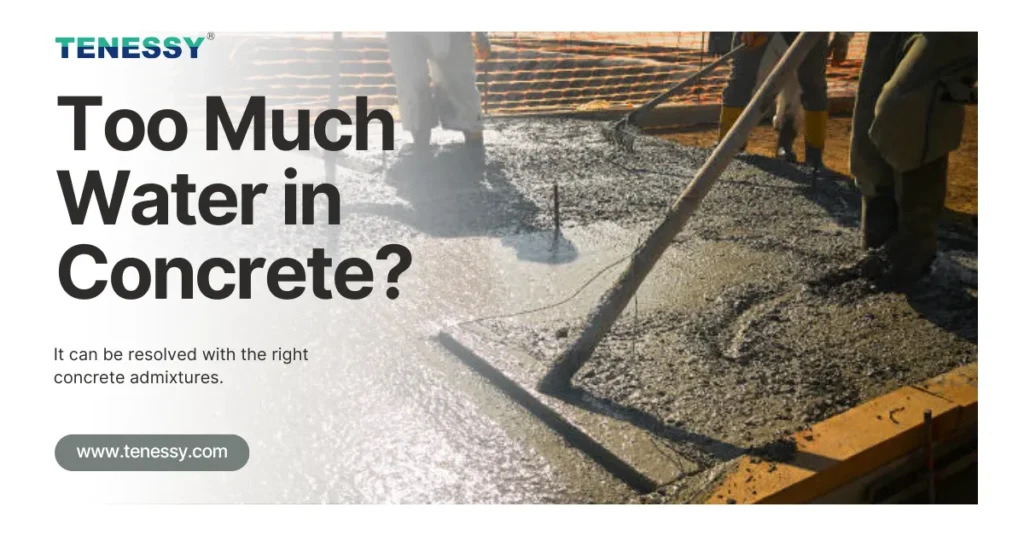
I.Почему слишком много воды в бетоне - это большая беда
Бетон изготавливается из воды, заполнителя и добавок. Если количество добавляемой воды превышает проектные требования к бетонной смеси, это приведет к чрезмерному разбавлению смеси, что может привести к следующим ситуациям:
1.Уменьшенная прочность
Избыток воды увеличивает водоцементное отношение, что напрямую снижает прочность на сжатие. Слабая конструкция сегодня может привести к серьезным структурным проблемам завтра.
2.Растрескивание и усадка
Если во время отверждения испаряется слишком много воды, это вызывает пластическую усадку, что приводит к образованию поверхностных трещин, скручиванию и внутреннему напряжению.
3.Многослойная сегрегация
Вода поднимается на поверхность, оттесняя цемент и мелкие заполнители. Результат? Неровная текстура, плохая отделка и слабое сцепление.
4.Низкая прочность
Повышенная пористость означает, что вода, химикаты и воздух со временем легче проникают в бетон, снижая морозостойкость и способствуя коррозии стальной арматуры.
II.Общие причины избыточной влажности бетона
Понимание причин слишком большого количества воды в бетоне - ключ к решению и предотвращению проблемы. Вот некоторые распространенные причины:
1. Неправильная работа человека
Во время смешивания или заливки строительный персонал может произвольно добавлять воду для удобства, не контролируя содержание воды в соответствии с проектными требованиями, что может привести к неконтролируемому соотношению воды и цемента.
2.Проблемы с оборудованием или материалами
Устаревшее или плохо обслуживаемое оборудование смесительной установки (например, системы дозирования воды) может привести к неточным измерениям, что приведет к ненормальному добавлению воды. Агрегаты с высоким содержанием влаги, если их своевременно не обнаружить и не скорректировать при составлении смеси, могут легко привести к чрезмерному общему содержанию влаги в бетоне.
3.Влияние экологических факторов
В жаркую сухую погоду, чтобы бетонная поверхность не теряла воду слишком быстро, строители иногда добавляют воду для охлаждения и смазки, что на самом деле может привести к избытку воды. Строительство в дождливую погоду, когда дождевая вода проникает в смесь, или неправильная работа на стройплощадке также может привести к увеличению общего содержания воды в бетоне.
4.Проблемы качества сырья
Использование неочищенного песка, гравия, выветрившейся породы и т.д. будет поглощать воду и выделять влагу, что повлияет на точную оценку фактического потребления воды. Например, неправильные пропорции активных материалов, таких как летучая зола и шлак, влияют на расчеты потребности в воде, что приводит к неправильной оценке количества воды, которую необходимо добавить.
5.Транспортные вопросы
При длительной транспортировке бетона уменьшается его просадка, поэтому для восстановления работоспособности добавляется вода. Во время перекачки бетона, если возникают засоры или трудности с перекачкой, персонал на месте может добавить воды, чтобы решить проблему, что приводит к избыточному содержанию воды.
III.Как решить проблему слишком большого количества воды в бетоне?
В зависимости от стадии смешивания или заливки можно использовать различные решения.
1.Использовать поликарбоксилатный суперпластификатор

2.Использование порошка редиспергируемого полимера для улучшения когезии
3.Формат кальция повышает раннюю прочность
4.Добавление HPMC для улучшения стабильности
IV. Роль добавок для бетона в гидроизоляции
| Добавка | Функция | Преимущества |
|---|---|---|
| PCE | Высокопроизводительный водяной редуктор | Сокращает расход воды до 30%, увеличивает расход |
| RDP | Средство для повышения прочности и гибкости | Улучшает сцепление, уменьшает растрескивание |
| HPMC | Антикровотечение, стабилизатор | Улучшает консистенцию смеси, предотвращает сегрегацию |
| Формат кальция | Быстрое отверждение | Ускоряет гидратацию, компенсирует медленное схватывание из-за избытка воды |
Если вы ищете добавки для готового бетона, модификаторы цемента или средства для контроля влажности, мы обеспечим техническую поддержку и поставки с учетом особенностей вашего региона.
V. Как предотвратить эту проблему
Ремонт - это одно, но профилактика всегда лучше. Вот несколько способов избежать чрезмерной влажности бетонных смесей:
Регулярная калибровка дозирующего оборудования.
С самого начала используйте PCE и другие добавки, улучшающие обрабатываемость.
Проверьте просадку и отрегулируйте ее с помощью добавок (а не воды).
Используйте мобильные датчики влажности для мониторинга в режиме реального времени.
VI. Заключение
Не бойтесь слишком большого количества воды в бетоне. При правильном понимании и использовании нужных добавок вы сможете улучшить, контролировать и даже повысить эксплуатационные характеристики бетона. Свяжитесь с нами в любое время, чтобы получить техническую поддержку и лучшие цены.


